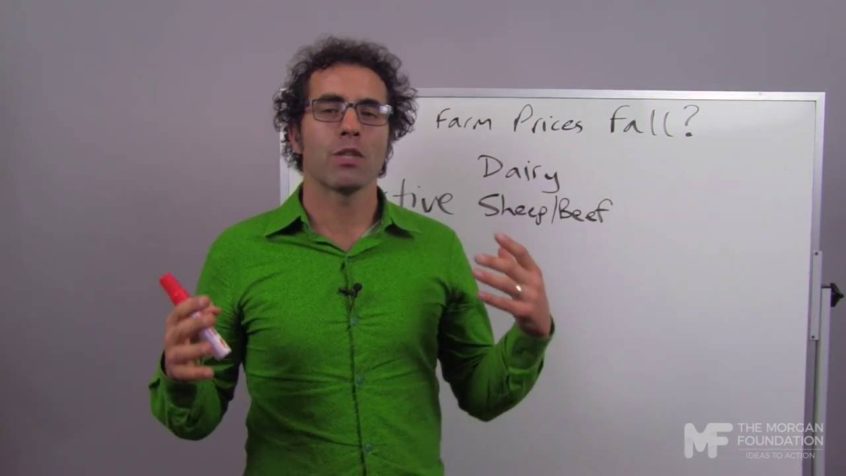This week we saw discussion around a report from Ag First economist Phil Journeaux which estimated that land values could fall by $40b across the country as environmental limits (such as limits on water use, nutrient leaching or greenhouse gases) are put in place. To understand this figure, and whether it is right, we need to understand the drivers of land prices, and how they might change when environmental limits are in place. That is the subject of this Whiteboard Friday.
The report has been criticised by experts for a number of reasons. The report itself shows that link between the productive return on land and land prices is tenuous at best. This shows that consumptive and particularly speculative reasons are key drivers, yet the report only looks at the productive impact. The scenario chosen for the costing is very much worse case scenario, and could easily be offset by improvements in water quality, which increase the consumptive drivers for owning land.
However, we must acknowledge that in some sensitive environments, limits will impact on the productive uses of land. This is likely to impact on land prices as it has in Taupo. But is this necessarily a bad thing? Are higher land prices the main measure of success for farming? They have been in the past because of the focus on farming for tax free capital gain.
Obviously a drop in land price isn’t good news for the current owner, but all businesses face a risk that the value of their business will rise and fall. Over time, lower land prices lead to lower costs, so the return on farming would normalize as a result.

